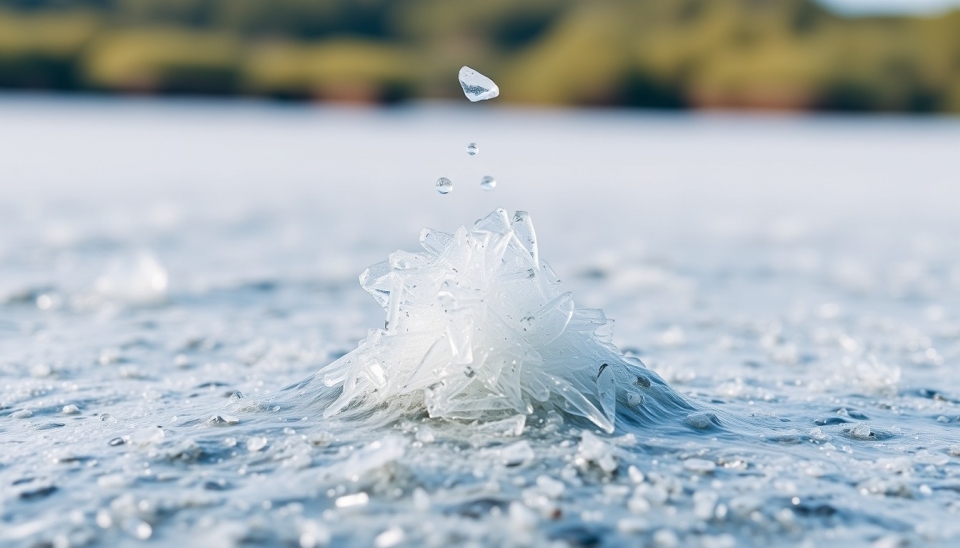How to Reduce Your Exposure to Microplastics?

Microplastics have become a serious issue that is increasingly being discussed. These tiny plastic particles, often smaller than seven millimeters, are found everywhere—in the air, water, and even in the food we consume. Due to the widespread prevalence of microplastics and their resistance to decomposition, they have become an integral part of our environment, raising concerns about their impact on human health.
Some scientific studies suggest that microplastics can penetrate the human body through respiratory pathways or the digestive tract, causing concerns about potential health effects, including inflammatory processes and even the potential development of serious diseases. Given these risks, scientists and health experts strongly advise the public to take measures to reduce their exposure to microplastics.
People can take numerous steps to mitigate their exposure to microplastics. Firstly, it is recommended to avoid using single-use plastic items, such as plastic bottles and packaging. Instead, opting for reusable alternatives can significantly reduce waste.
Furthermore, attention should be paid to personal hygiene and cosmetic products, many of which contain microplastic particles. Choosing natural products that do not contain synthetic substances is a better option. It is also beneficial to filter drinking water to minimize the microplastics that may be present in tap water.
Careful selection of food products is also important. Many seafood items may contain microplastics that enter the ocean and then the food chain. Opting for local and organic products can help minimize these risks.
Ultimately, education and awareness of this issue are key factors in the fight against microplastic pollution. Informing oneself and others about the risks and ways to reduce exposure not only protects personal health but also helps improve the state of the environment.




